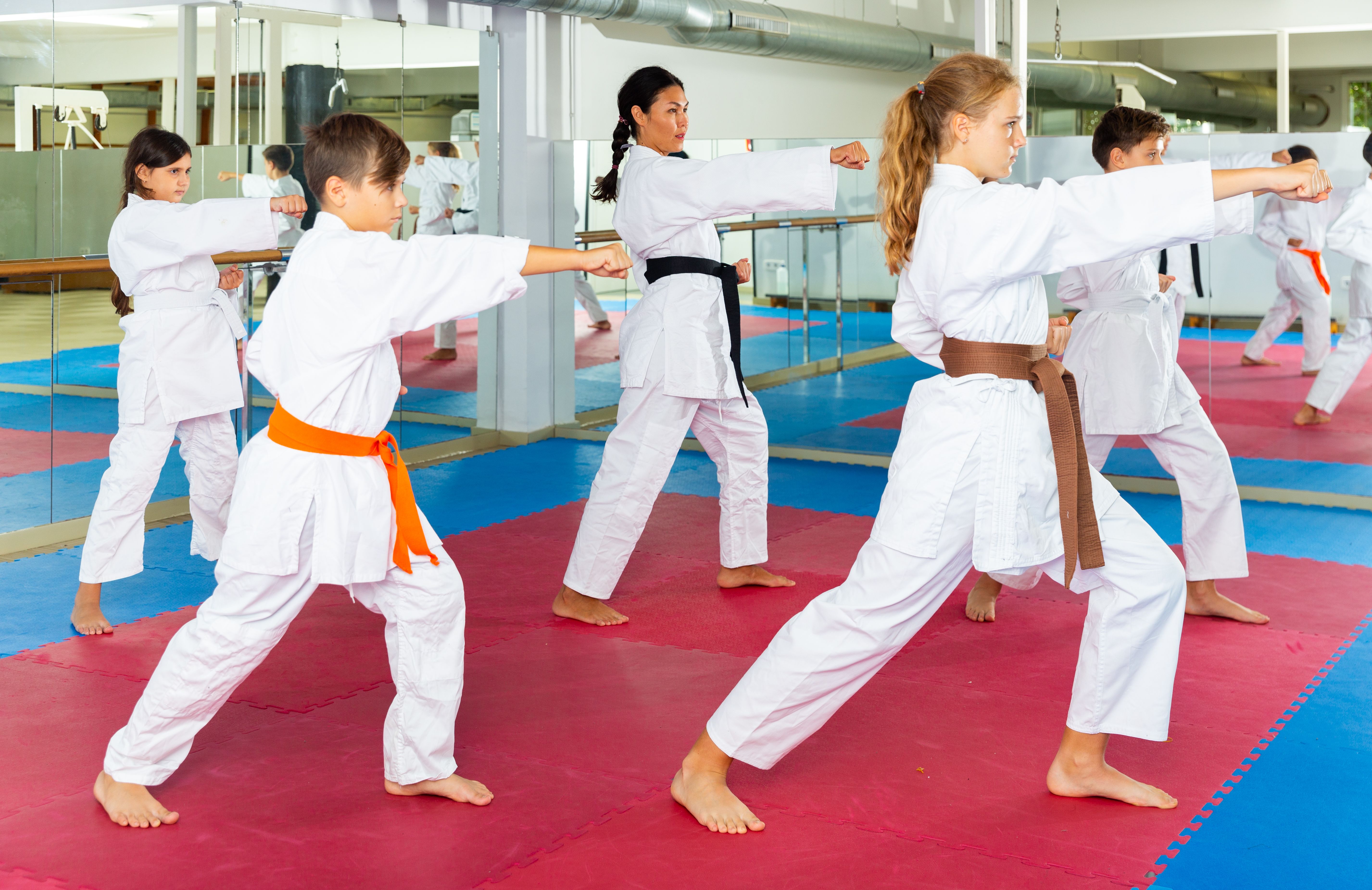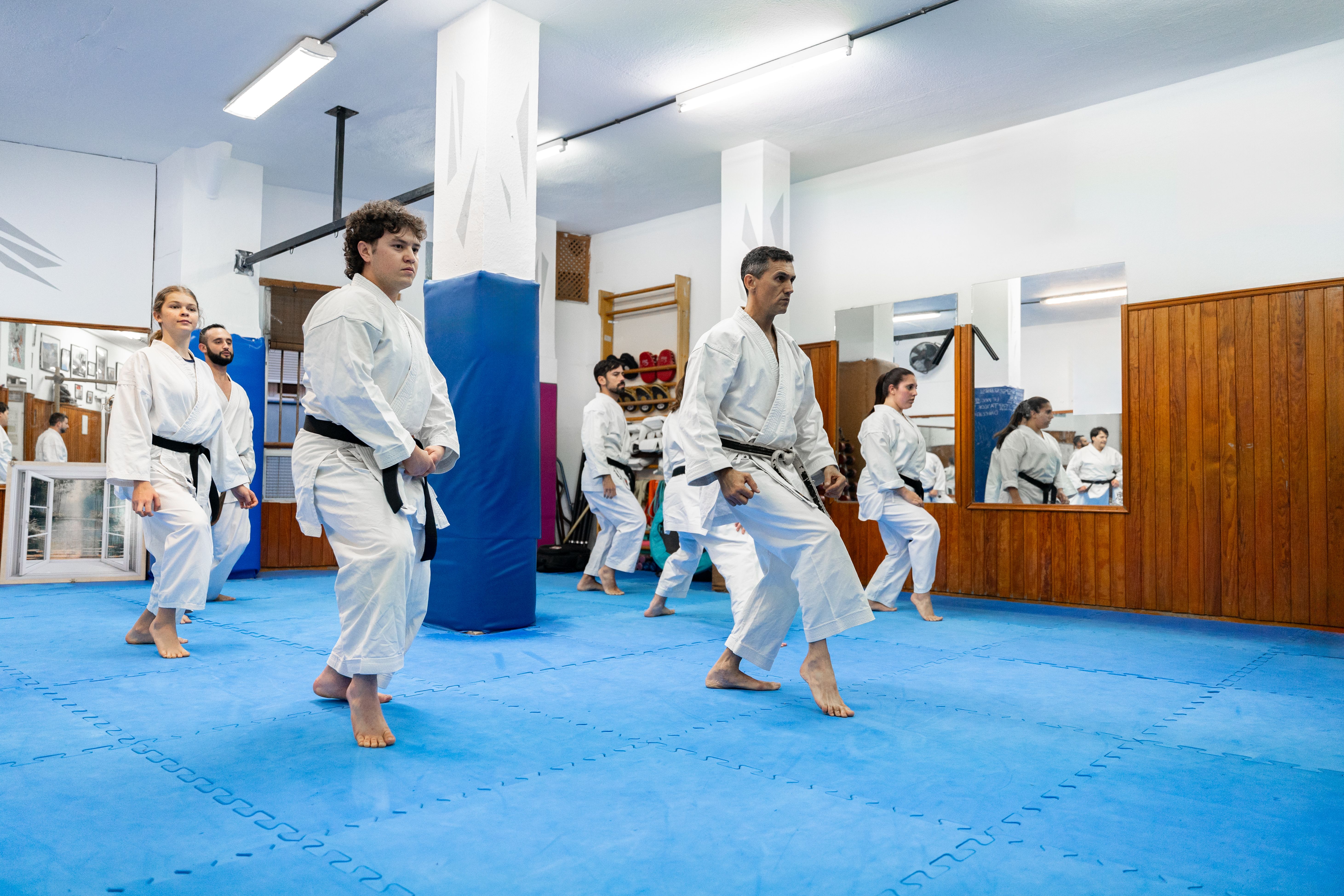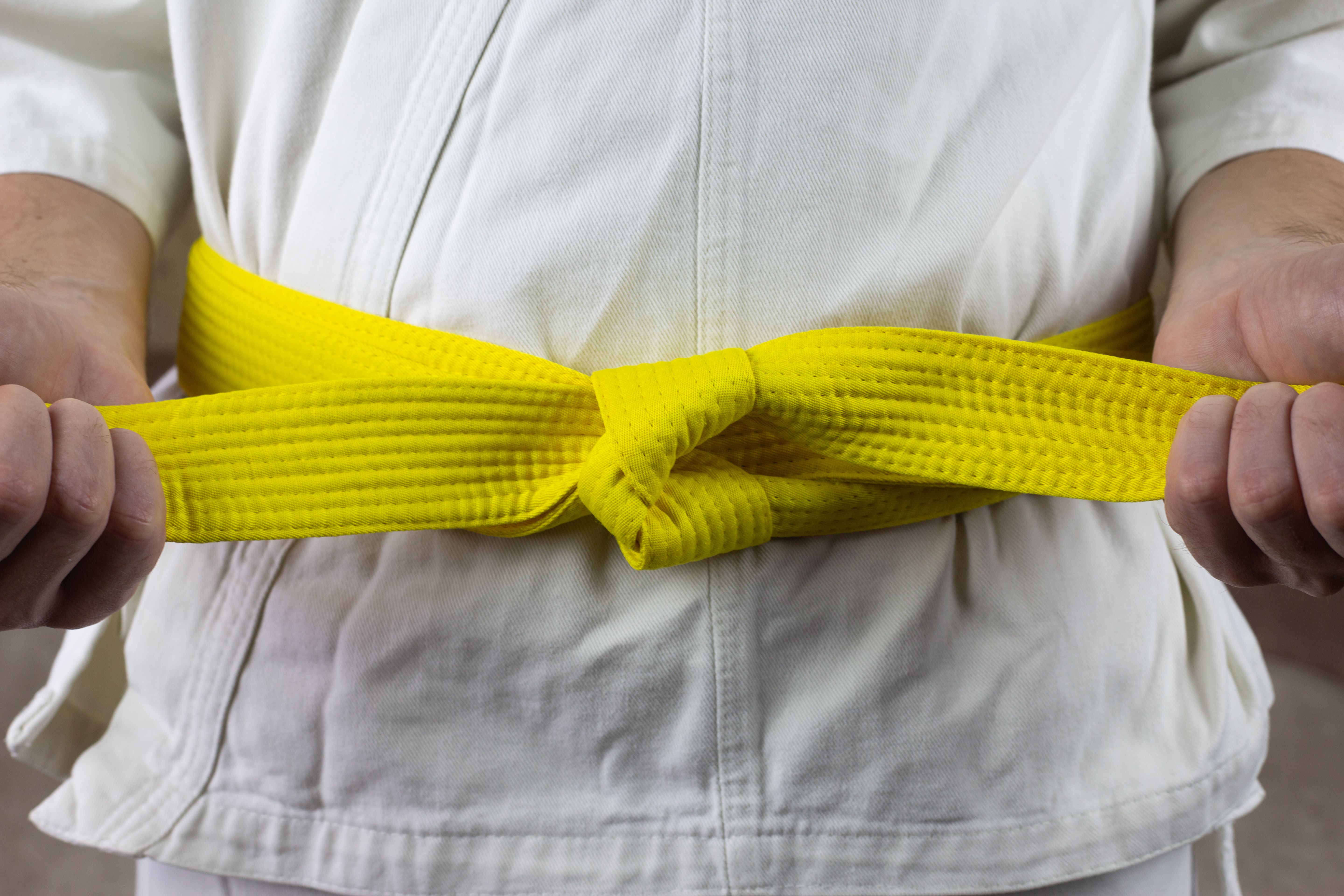Common Karate Myths Debunked
Understanding Karate: Separating Fact from Fiction
Karate is one of the most popular martial arts in the world, but it is also surrounded by numerous myths and misconceptions. These misunderstandings can often deter people from taking up the practice or can lead to unrealistic expectations. In this post, we'll debunk some of the most common myths about karate and shed light on the true nature of this ancient art.

Myth 1: Karate Is All About Fighting
Many people believe that karate is solely focused on fighting and self-defense. While self-defense is a component, karate is much more comprehensive. It emphasizes personal growth, discipline, and mental strength. Practitioners often find that karate helps improve their focus, confidence, and physical fitness, making it a holistic practice.
Karate also encourages the development of respect for oneself and others. The discipline required in training teaches practitioners the importance of humility and perseverance, which are valuable life skills beyond the dojo.
Myth 2: You Have to Be Young and Fit to Start Karate
Another common misconception is that karate is only for the young or those already in great physical shape. In reality, karate is accessible to individuals of all ages and fitness levels. Many dojos offer classes tailored to different age groups and abilities, ensuring everyone can participate and benefit.

Starting karate later in life can be incredibly rewarding. It provides an excellent opportunity for physical activity, mental stimulation, and social interaction. Karate’s adaptability means that anyone can set personal goals and achieve them through consistent practice.
Myth 3: Belt Colors Are Just for Show
The colored belt system in karate is often misunderstood as merely a way to show off skill or rank. However, belts represent a student's journey and progress in their karate practice. Each belt level signifies a deeper understanding and mastery of techniques, as well as personal growth.
The progression through belts fosters a sense of achievement and motivation. It encourages practitioners to set goals and work diligently towards them, which can be incredibly rewarding both physically and mentally.

Myth 4: Karate Is Ineffective for Self-Defense
Some critics argue that karate is outdated or ineffective for self-defense compared to other martial arts. However, traditional karate includes a variety of effective techniques for defending oneself. Modern adaptations have incorporated additional strategies to enhance self-defense capabilities.
The true power of karate in self-defense lies in its emphasis on awareness, quick reflexes, and the ability to assess situations calmly. These skills are crucial in real-life scenarios, where avoiding confrontation is often the best form of defense.
The True Essence of Karate
Ultimately, karate is a journey of self-improvement that transcends physical boundaries. It offers practitioners a path to better themselves not just physically, but mentally and emotionally. By debunking these myths, we hope to encourage more people to explore the rich world of karate and discover its many benefits.